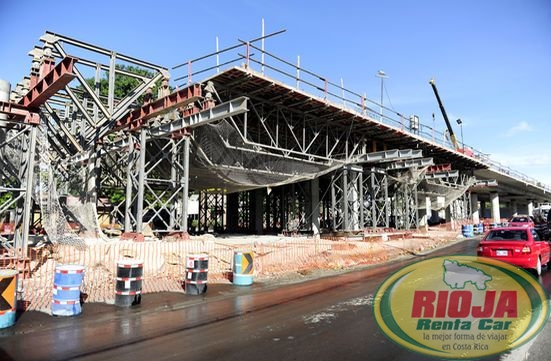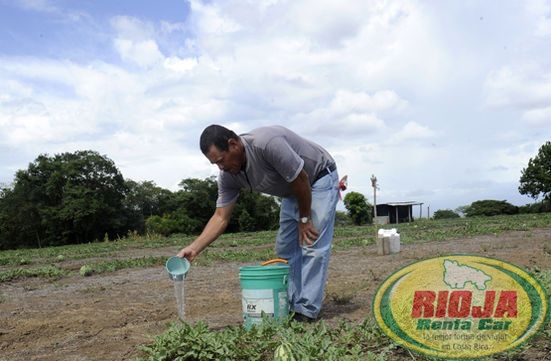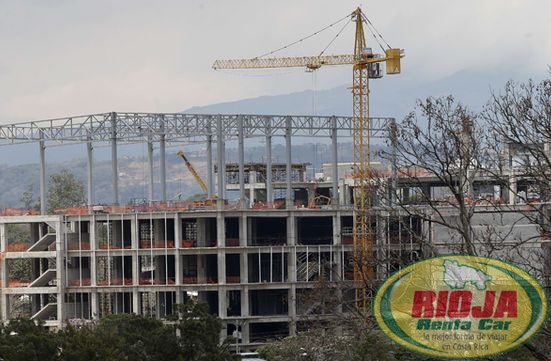


Lower private investment affect the country the rest of the year, according to entrepreneurs
Central Bank forecasts downward adjustment in PIB projection of Costa Rica
The household consumption and public sector sustained the growth of the economy of Costa Rica in the first quarter, after the fall of external trade.
The gross domestic product (PIB) increased by 2.68% in the first three months of the year, according to the Central Bank.
This evolution was based on household spending, which grew by 4.33% in the first three months of the year compared to the same period of 2014. For the Government, the final consumption expenditure was 3.66%. .
By contrast, investment by the private sector reached its sixth quarter of deceleration, with exports of goods and services fell 10% and imports by 9%.
Despite the positive evolution of domestic demand, economists and managers doubt that PIB will keep longer if the external sector continues "resentful" and negative variations. Even the Central Bank forecast downward adjustment in its growth projection for the Costa Rican economy, acknowledged Olivier Castro, president of the organization.
"We’re doing the review and could be that the rate we had expected result a little lower," said Castro.
The issuer estimated a production increase of 3.4% for this year. At the end of this month, the institution shall disclose the new estimate for the review of the Macroeconomic Program.
Luis Mesalles, director of the Costa Rican Union of Chambers and Associations of Private Enterprises (Uccaep), is difficult to think that domestic consumption maintained its growth and achieve "out" the rest of the economy.
"Lower production means it will be very difficult to lower the unemployment and underemployment. Also, real income of people can not grow much, "Mesalles said.
José Luis Arce, an economist at the Economic and Financial Advisers (CEFSA), said the pessimism of entrepreneurs and families has lowered the investment and reduce the rise in PIB in the future.
Sectors. The production growth in the first quarter was led by construction, financial services and insurance, plus transport, storage and communications.
However, the manufacturing industry had a variation of 1.2%. This sector means almost a quarter of the production, according to the Central Bank.
"We will have an industry that will continue to slow the rest of the year and tend to slightly improve at the end of 2015," said Francisco Gamboa, executive director of the Chamber of Industries.
Agriculture was the only Costa Rican productive sector that had a negative variation in production to fall 1.4%.
Alberto Franco, Ecoanálisis economist, said that the activity "suffer" the rest of the year by lower production due to the climatic effects of El Niño.
The banana and pineapple are among the most affected by the rains, while livestock has been hit by drought.

 English
English

